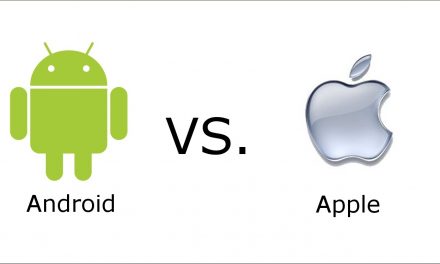In a path-breaking discovery, ISRO’s Chandrayaan-2 orbiter has detected water molecules on the water surface.
The second moon mission of the Indian Space Research Organisation (ISRO), Chandrayaan-2, has discovered the presence of water molecules on the lunar surface, showed data obtained from the mission. In a paper co-authored by former ISRO chairman AS Kirankumar said imaging infrared spectrometre (IIRS) is one of the payloads on-board Chandrayaan-2, which is placed in a 100 km polar orbit to acquire global scientific data.
“The initial data analysis from IIRS, clearly demonstrates the presence of widespread lunar hydration and unambiguous detection of OH and H2O signatures on the Moon between 29°N and 62°N lat., after incorporating physics-based thermal correction to reflectance data,” the paper which was published in Current Science journal said.
The findings were published in Current Science Journal. It is authored by former Isro chairman AS Kiran Kunar from the Indian Institute of Remote Sensing (IIRS) Dehradun, SAC in Ahmedabad, UR Rao Satellite Centre and ISRO headquarters in Bengaluru.
According to the researchers, the formation of hydroxyl or water molecules occurs due to a process called space weathering, which is when the solar winds blow over the lunar surface.
It was also observed from the data that the brighter sunlit highland regions at higher latitudes of the Moon were found to have higher hydroxyl or possibly water molecules.
Besides, the study is crucial for future planetary exploration for resource utilisation as several international missions are lined up to the moon for the next few years.
Planned to land on the South Pole of the moon, Chandrayaan-2 was launched on July 22. However, lander Vikram hard-landed on September 7, crashing India’s dream to become the first nation to successfully land on the lunar surface in its maiden attempt.
The orbiter of the mission is working fine and has been sending data to Chandrayaan-1, the first lunar mission, and showed evidence that there was water on the moon, the paper said.












